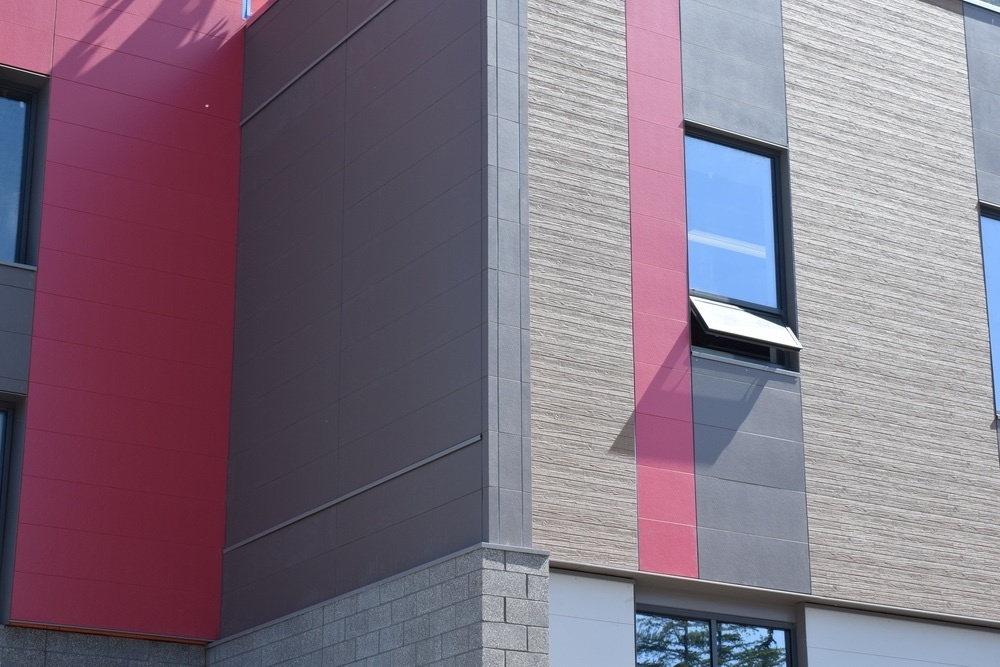Testimonials

Browse Testimonials
The Unique Architecture Shaped by San Francisco’s Climate and the Future of Siding
By Yusuke Kawasaki, Ryoya Namiki, Shoko Nadata, KMEW Internship Program
Walking through the streets of San Francisco, one is captivated by the harmonious blend of diverse architectural designs set against the backdrop of a mild climate and ocean breeze. The city's architecture is profoundly influenced by its climate and history, requiring careful selection of exterior materials. In this article, we explore the relationship between San Francisco's climate and its architecture and consider the future demands for siding materials.
The Relationship Between San Francisco’s Climate and Exterior Design
San Francisco enjoys a mild climate throughout the year, with relatively stable humidity. However, due to frequent fog and strong ocean winds, siding materials must offer high durability and moisture resistance.
Effects of Fog
- High humidity levels promote mold and moss growth.
- Ensuring waterproofing and proper ventilation in siding is essential.
Impact of Ocean Winds and Salt Damage
- Metal components are prone to rust, requiring corrosion-resistant coatings and materials.
- Siding must be highly durable to withstand wind-induced wear.
Sunlight and Warm Climate
- Strong sunlight can cause discoloration over time.
- Heat-reflective materials and coatings help enhance indoor comfort.


Commonly Used Exterior Materials in San Francisco Architecture
Given these climatic conditions, the following exterior materials are frequently used in San Francisco:
Terracotta Siding
- High durability and resistance to salt damage.
- A wide variety of colors that add warmth to the streetscape.
Metal Siding
- Lightweight and highly durable, suitable for modern designs.
- Corrosion-resistant coatings reduce the risk of deterioration.
Fiber Cement Siding
- Excellent fire and water resistance, making maintenance easier.
- Offers a variety of design options, including wood grain finishes, at a cost-effective price.
During our recent site visits, we observed buildings featuring “saffron,” a terracotta-like color used for exteriors. This color seamlessly blends with the cityscape while enhancing the uniqueness of each structure.
The Future of Siding in San Francisco
Looking ahead, the following siding characteristics are expected to become increasingly important in San Francisco’s architecture:
High-Durability, Low-Maintenance Siding
- Resistant to ocean winds and UV exposure, reducing long-term maintenance efforts.
Environmentally Friendly, Sustainable Siding
- Emphasis on materials made from recyclable sources and sustainable manufacturing processes.
High-Performance Insulated Siding
- Incorporates a rain screen to enhance insulation and airflow efficiency.
Design Versatility and Customization
- Materials that complement historical buildings while meeting modern design needs.
CERACLAD’s Triple-Coat Technology meets these evolving demands, providing a 20-year color fade warranty to ensure long-lasting aesthetics with minimal maintenance.
Additionally, approximately 45% of our siding materials are made from recycled content, contributing to environmental sustainability. The rain screen structure helps mitigate direct sunlight exposure, reducing heat buildup inside buildings while protecting the structural integrity of exterior walls.
Fiber cement offers endless design possibilities with a diverse range of colors and patterns. In addition to the saffron shade observed during our site visits, our custom color selection provides over 2,000 color options, catering to a wide variety of architectural preferences.
Conclusion
San Francisco’s climate significantly influences architectural design and the selection of exterior materials. Moving forward, the demand for durable, sustainable, well-insulated, and aesthetically adaptable siding is expected to grow. We are committed to meeting these evolving market needs and contributing to the development of more sustainable architecture.
